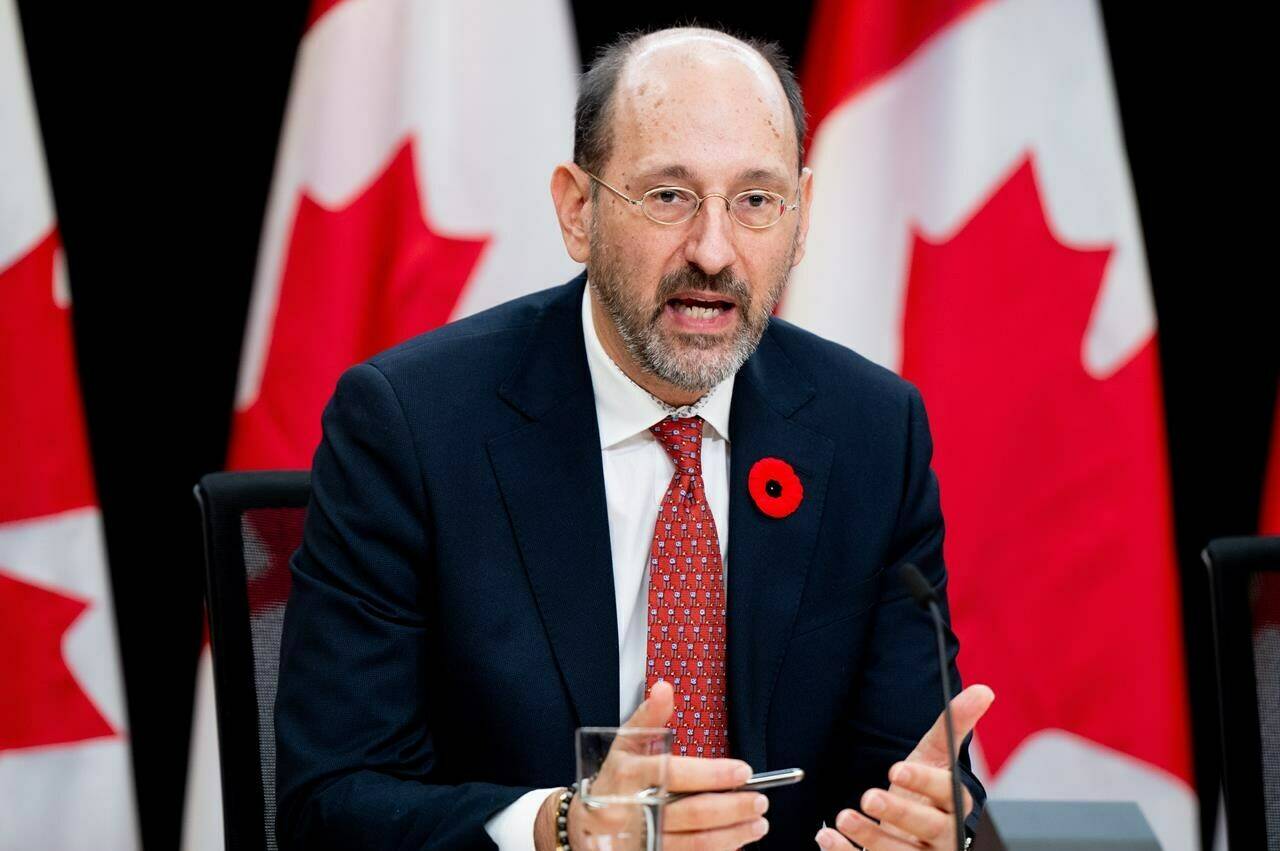The federal prison watchdog says there are still too many Indigenous people behind bars in Canada.
And nearly everything about the correctional system that can be measured — from the amount of time accused people spend behind bars before trial to the likelihood of their being placed in maximum-security institutions — perpetuates that discrimination.
That’s what correctional investigator Ivan Zinger said on Thursday as he released a progress report that marked 10 years since he first flagged glaring issues in the system.
The problem has gotten significantly worse, he said.
“The disproportionate and growing number of Indigenous individuals behind bars is among Canada’s most pressing human rights issues, and it has featured prominently in all public reports issues by my office over the past decade,” reads the preface to the new report.
“Professionally and personally, this work grows out of increasing frustration with the futility of responding to the crisis of Indigenous over-incarceration in Canada with more of the same failed policies and approaches.”
Zinger’s latest annual report, tabled in Parliament on Wednesday (Nov. 1), says 32 per cent of all federal inmates in Canada — and 50 per cent of incarcerated women — are now Indigenous, compared to 25 per cent in 2013.
The report describes the country’s penitentiary system as “disturbingly and unconscionably Indigenized,” and says it features many lingering hallmarks of colonialism.
More than 220 people, including inmates, elders and correctional staff, were interviewed for the report.
One of them told the investigator that the treatment Indigenous inmates face is reminiscent of what they experienced in residential school. The person, who is unnamed in the report, said “we have been put down,” and “we have been lied to.”
“Our culture and spirituality has been taken away, yet again, by abuse,” the person said. “This is not fostering relationships.”
Canada will have to “own up to its colonial heritage” to reform the system, Zinger said at a press conference alongside Indigenous leaders on Thursday.
Public Safety Minister Dominic LeBlanc, who oversees the correctional service, said the government of Canada is working closely with Zinger’s office to address matters highlighted in the report.
“Our work will focus on the rehabilitation of offenders and supporting their successful reintegration into society while keeping our communities safe,” he said in a statement.
He said many initiatives are underway to address the recommendations.
Correctional Service Canada did not immediately respond to additional questions from The Canadian Press.
Zinger’s report found that about three per cent of the correctional service’s annual budget goes to supporting healing lodges, Indigenous elders and a pathways program intended to help Indigenous offenders, amounting to $75 million per year.
Only two per cent of all Indigenous Peoples in federal custody are serving their sentence in healing lodges recognized under the Corrections and Conditional Release Act, which offer conditions similar to minimum-security prisons. There are no such facilities in Ontario, the North, Atlantic Canada or British Columbia.
The original vision behind providing such services is not being met, Zinger concluded.
He added that there is a “two-tiered” healing lodge system where such facilities operated by federal corrections are funded, staffed, resourced and occupied at much higher levels than those that are community-run.
Zinger said that while Indigenous elders are supposed to be on par with other religious leaders, they don’t receive the same pay or benefits, leading to “discriminatory, derogatory of disrespectful treatment.”
“They told us (this) place is supposed to be elder-run. But man, it sure isn’t elder-run,” said one elder interviewed for the report.
Zinger found that the pathways program serves too few federally sentenced Indigenous people to make a difference in addressing overrepresentation in the criminal justice system.
His investigation also found that paternalism and pan-Indigeneity, which refers to a refusal to acknowledge the cultural differences between Indigenous communities, is pervasive within Correctional Service Canada.
It’s an approach to Indigenous Peoples that erases historical and cultural differences and diversity among groups, he said.
One elder interviewed for the report said management assumed Inuit would engage with the same ceremonies as First Nations peoples, including sweat lodges, smudging and pipe ceremonies.
A couple of weeks after the person started their role in corrections, staff were questioning what was happening, and wondered why they weren’t holding any ceremonies.
“I said, ‘You know what? We’re not all the same! Don’t ever make that assumption.’”
Inuit Tapiriit Kanatami president Natan Obed said at the press conference with Zinger that the report shows not only Inuit overrepresentation in the system, but a lack of Inuit-specific assessments and supports that make the issue worse.
“At its root, over-incarceration points to a lack of basic needs being met to address the health and wellness of Inuit across Inuit Nunangat,” he said.
The new report urges the transfer of federally run healing lodges to local authorities, calls for a national Indigenous “decarceration” strategy and better supports for Indigenous elders who work in corrections.
“The findings of this report highlight the need for urgent action. We can’t afford to come back 10 years from now to witness this crisis getting worse. This must change,” said Ghislain Picard, regional chief of the Assembly of First Nations of Quebec-Labrador.
“We call on Correctional Service Canada to implement all 12 recommendations provided in the Correctional Investigator of Canada report.”
Alessia Passafiume, The Canadian Press

